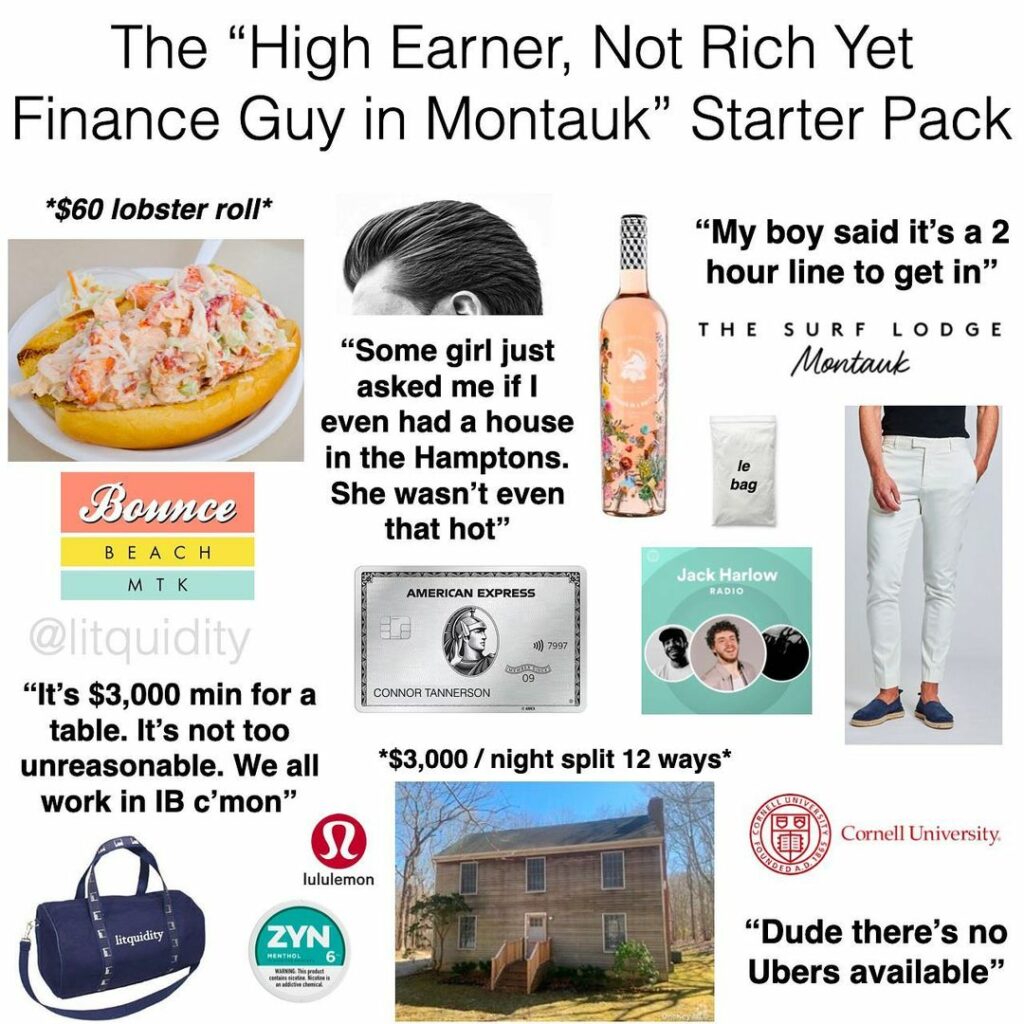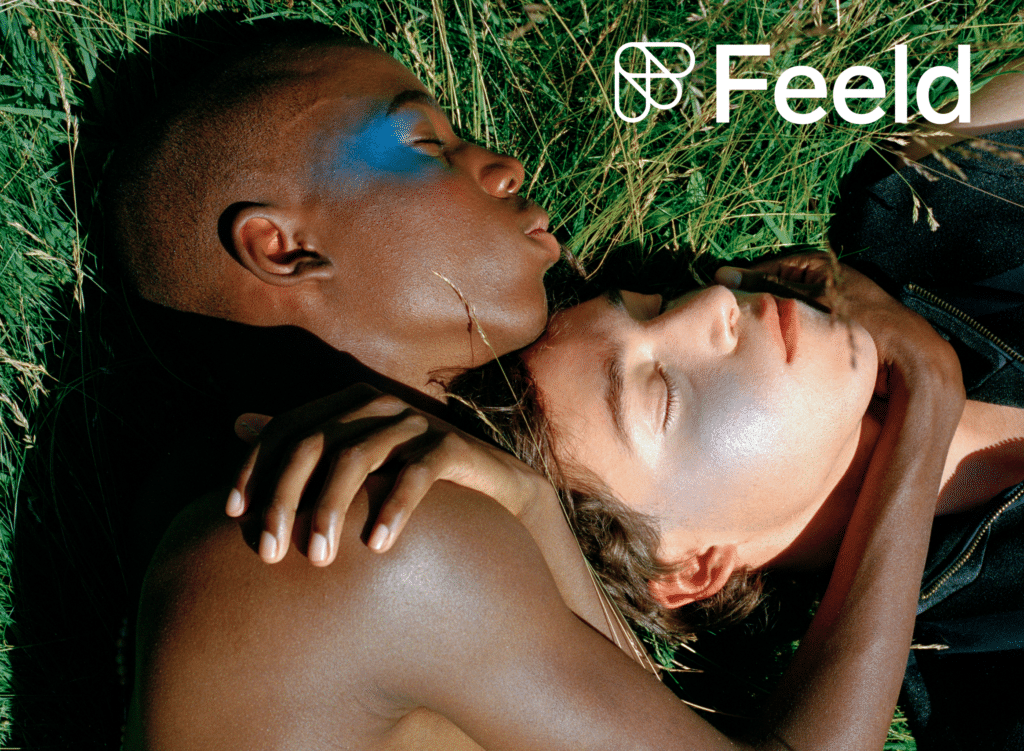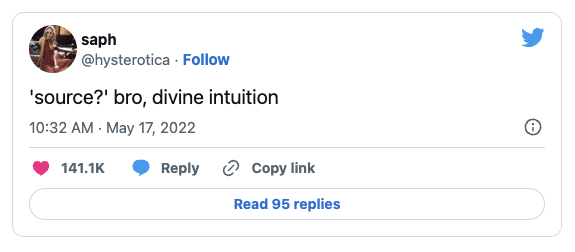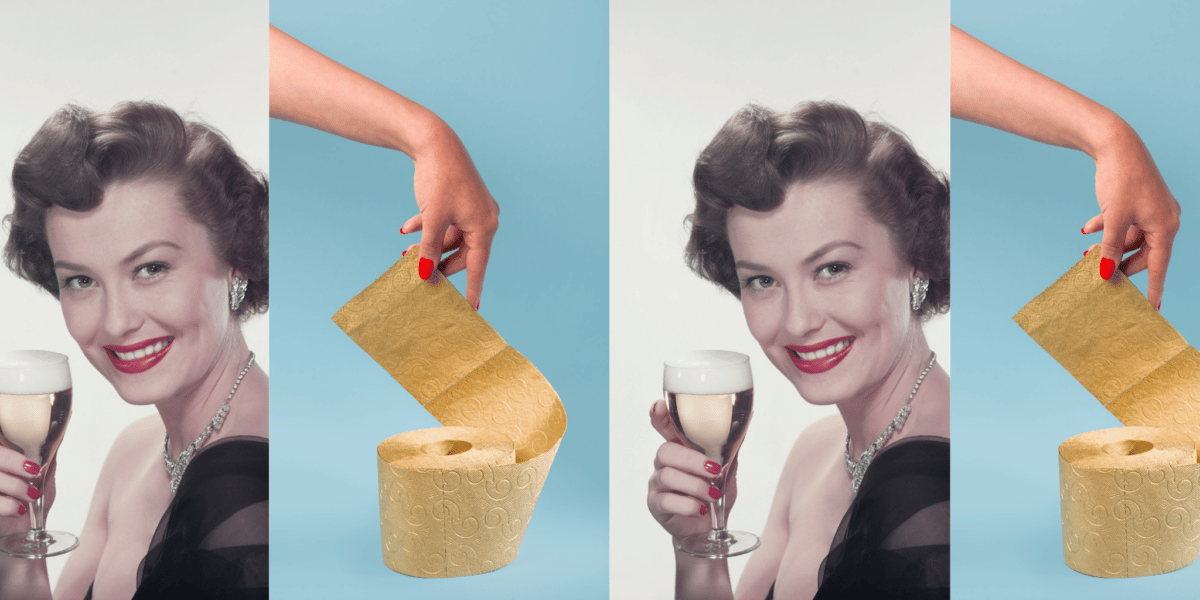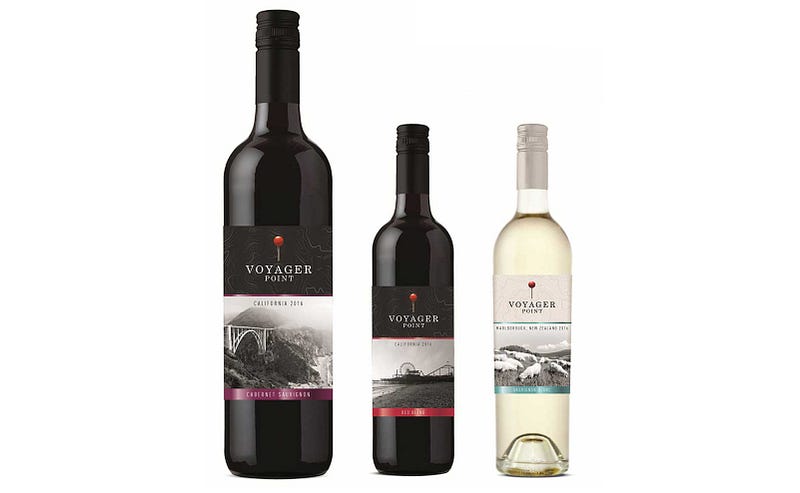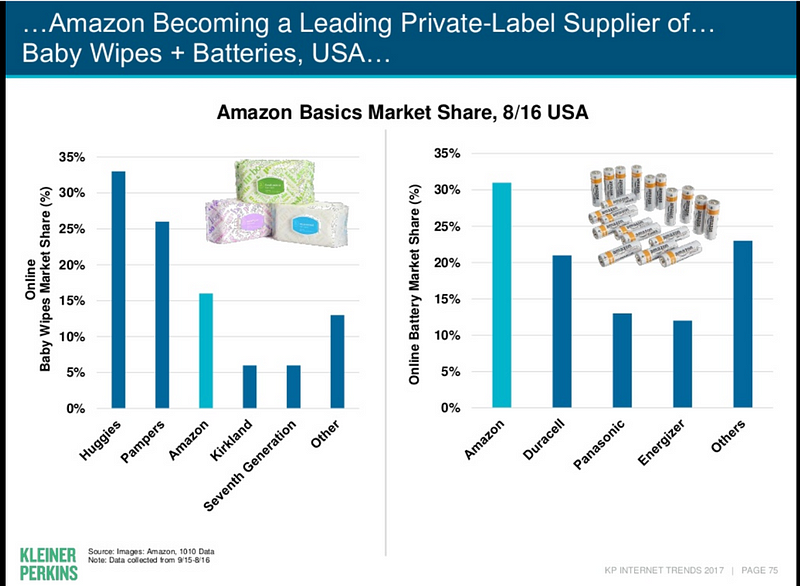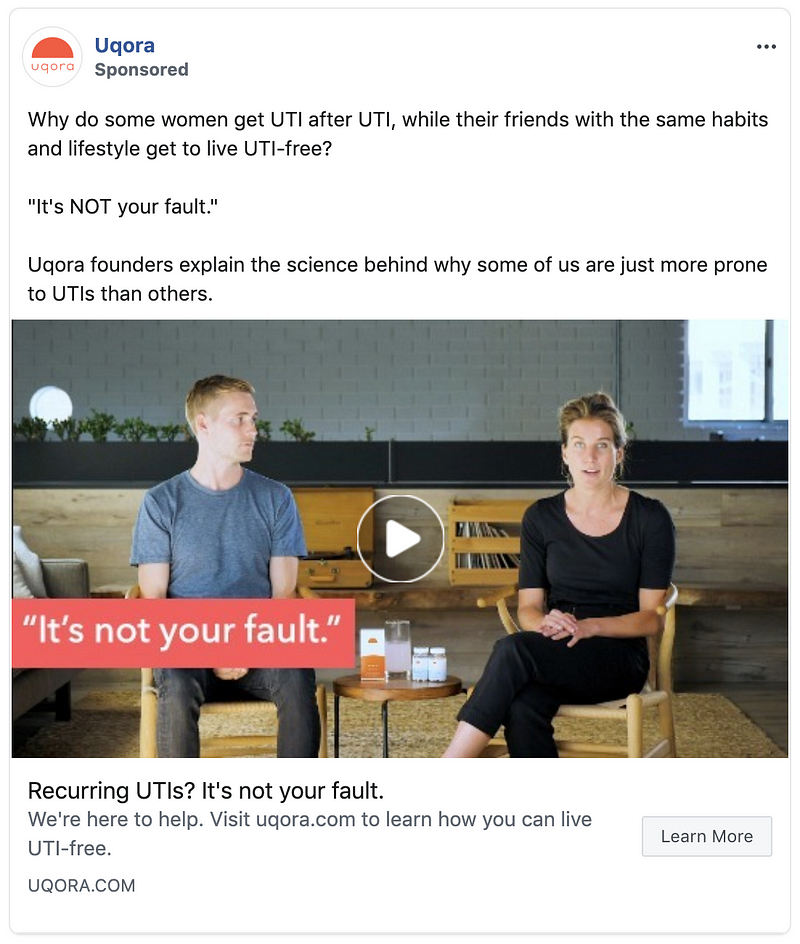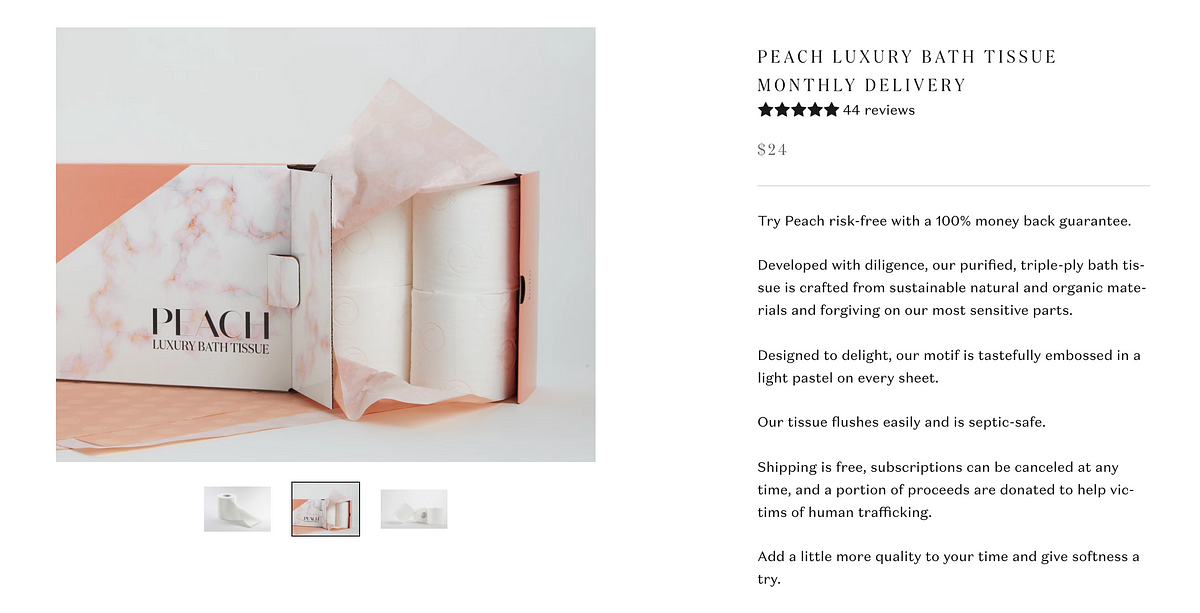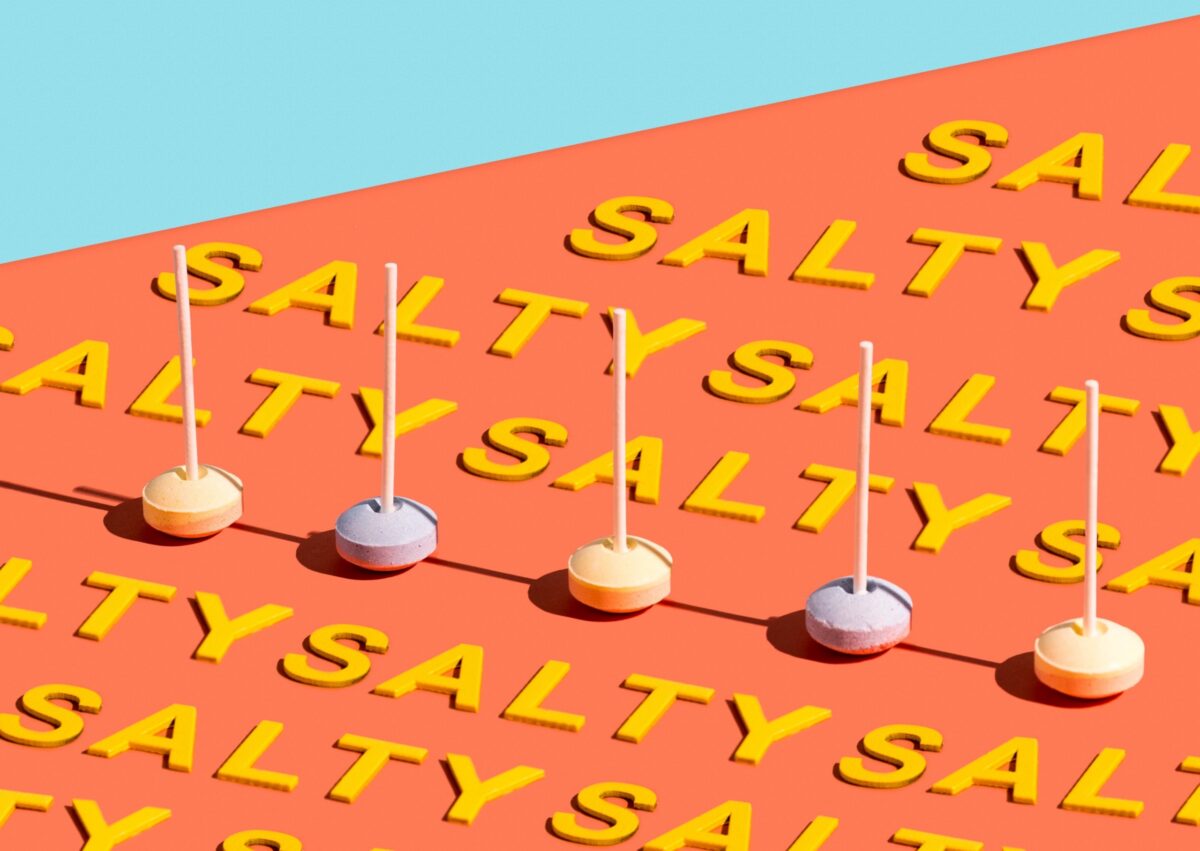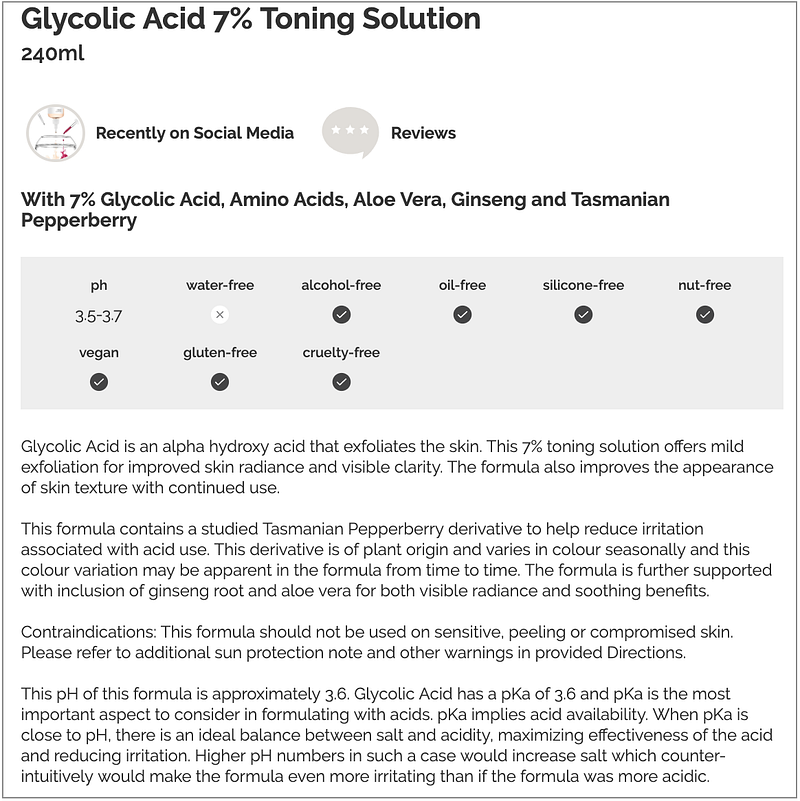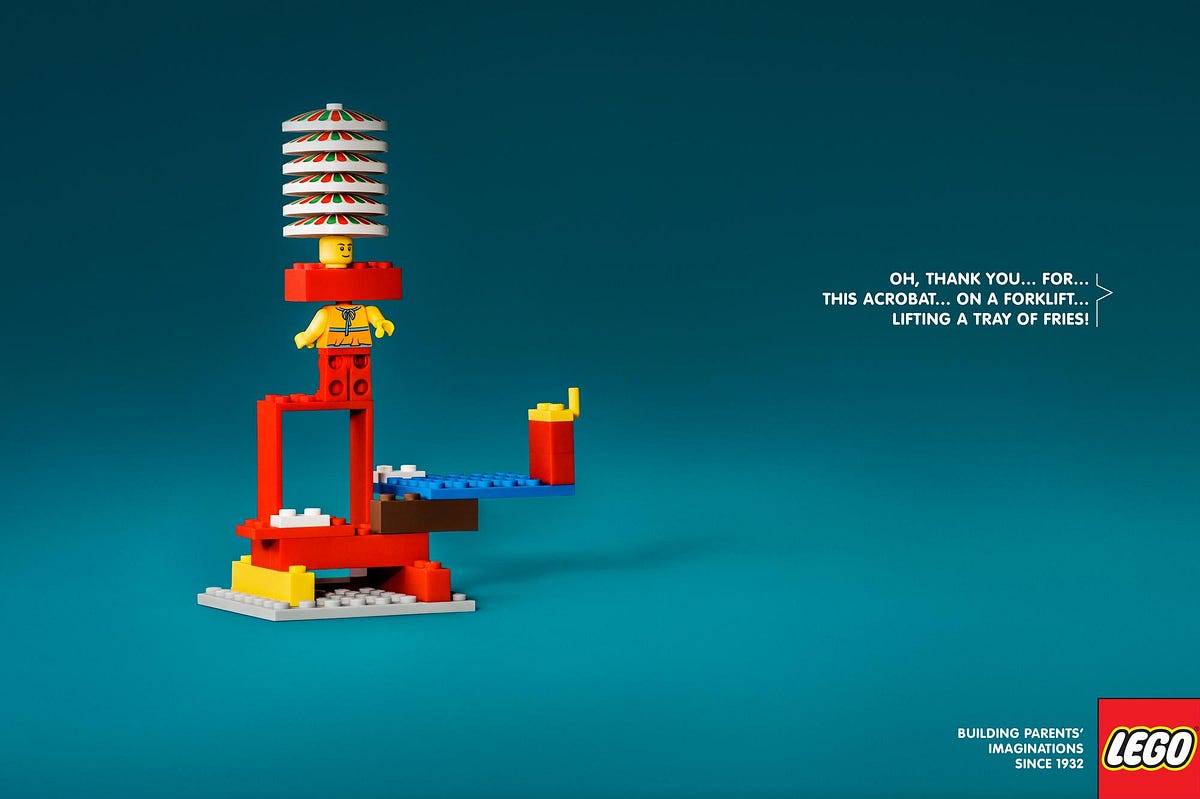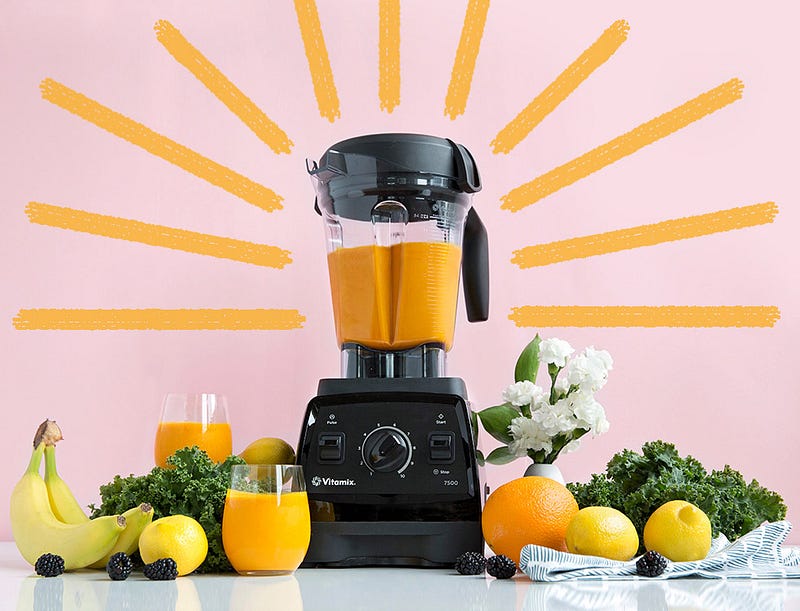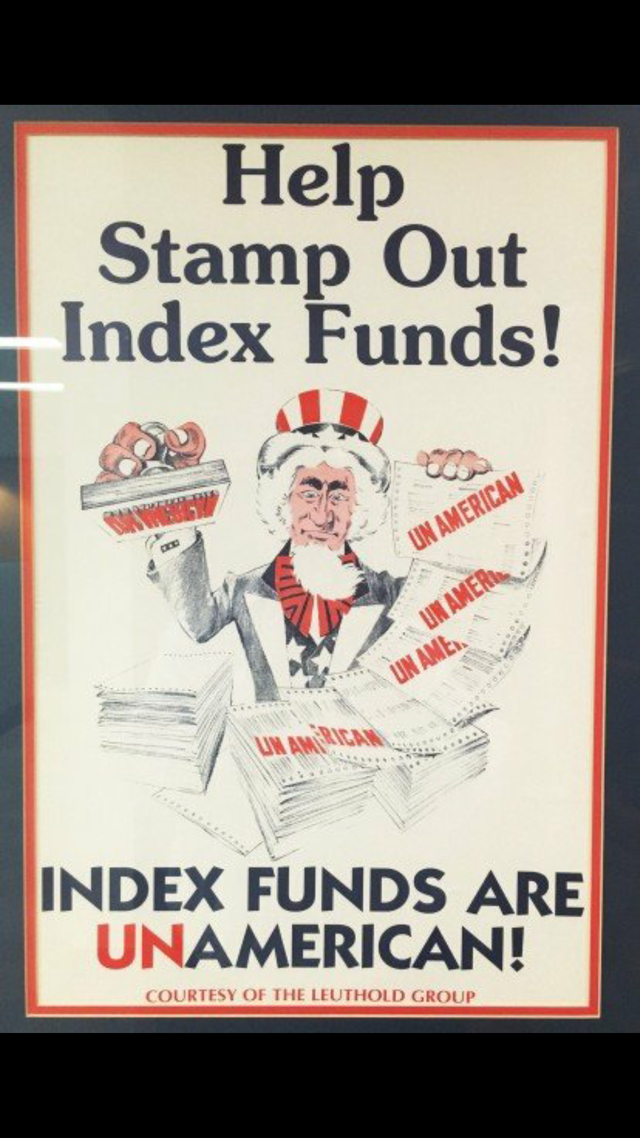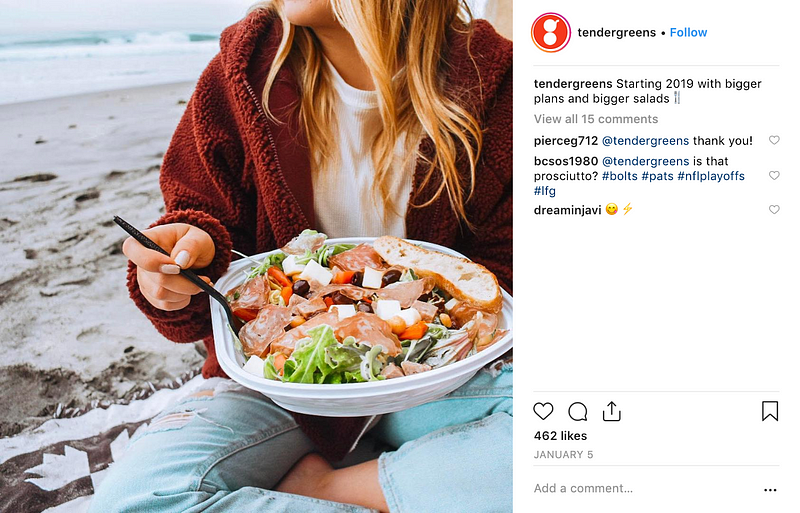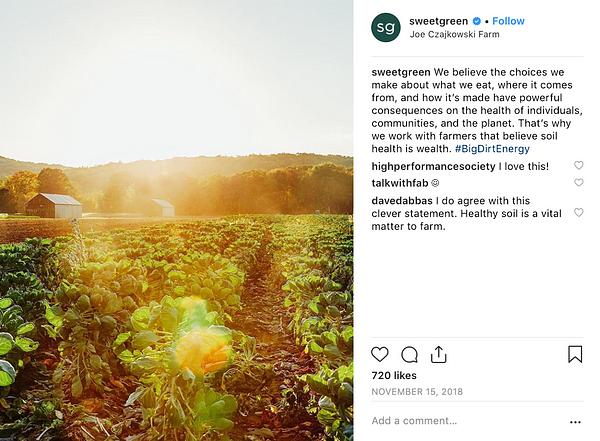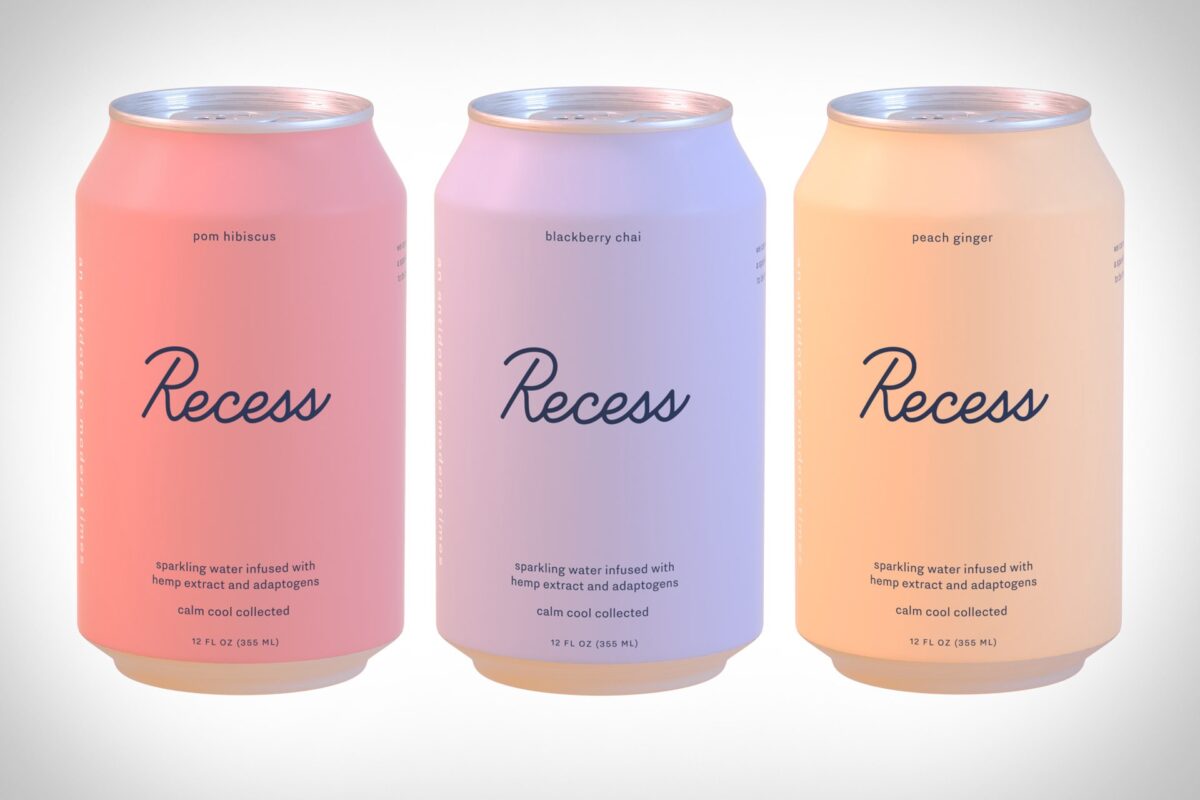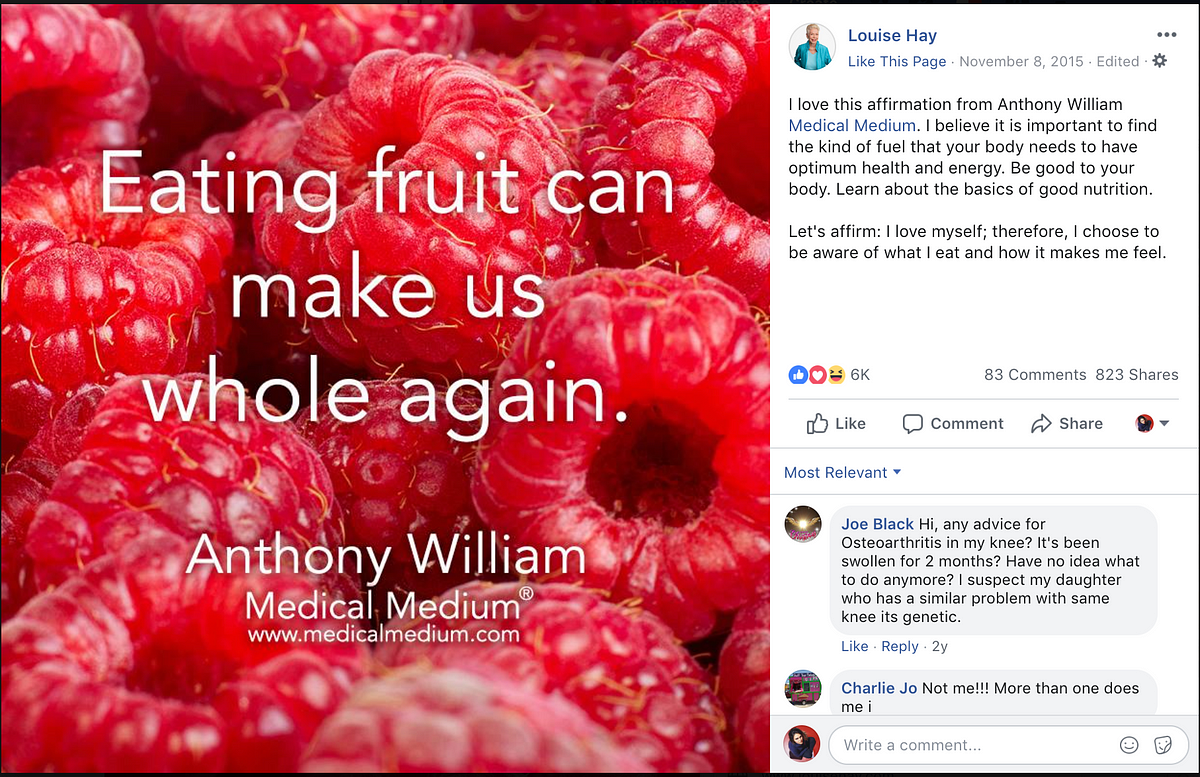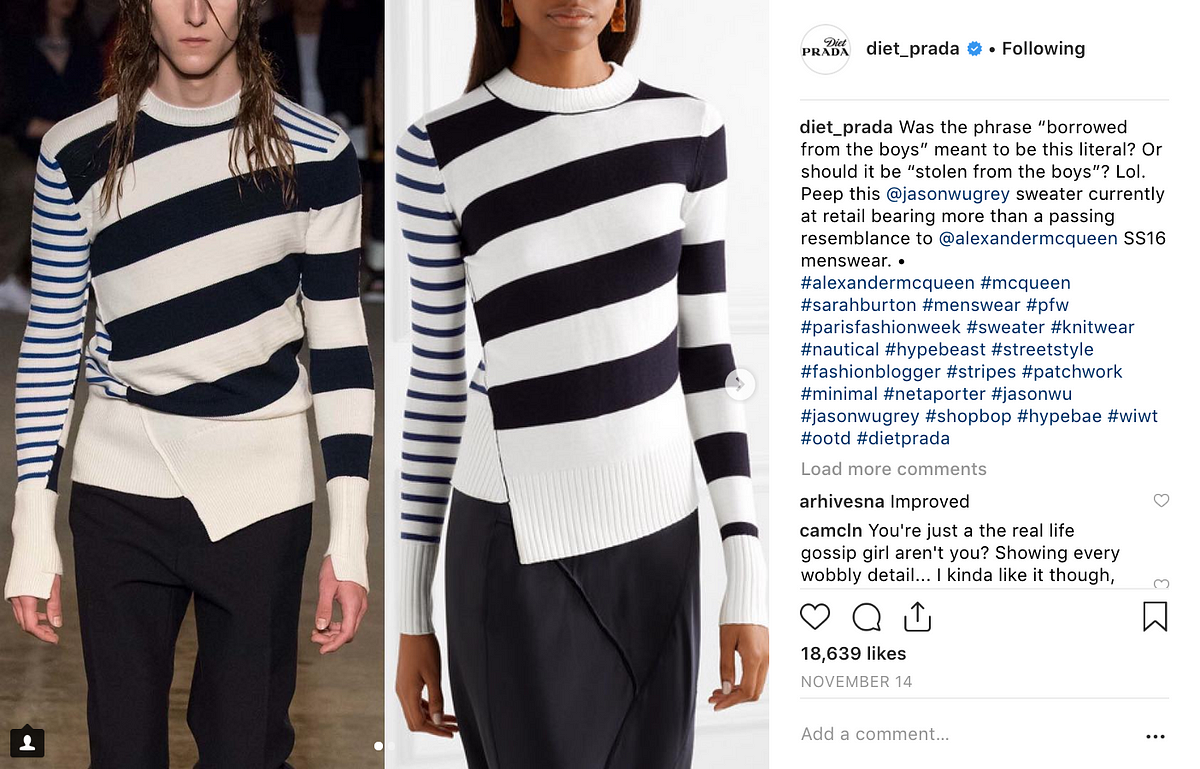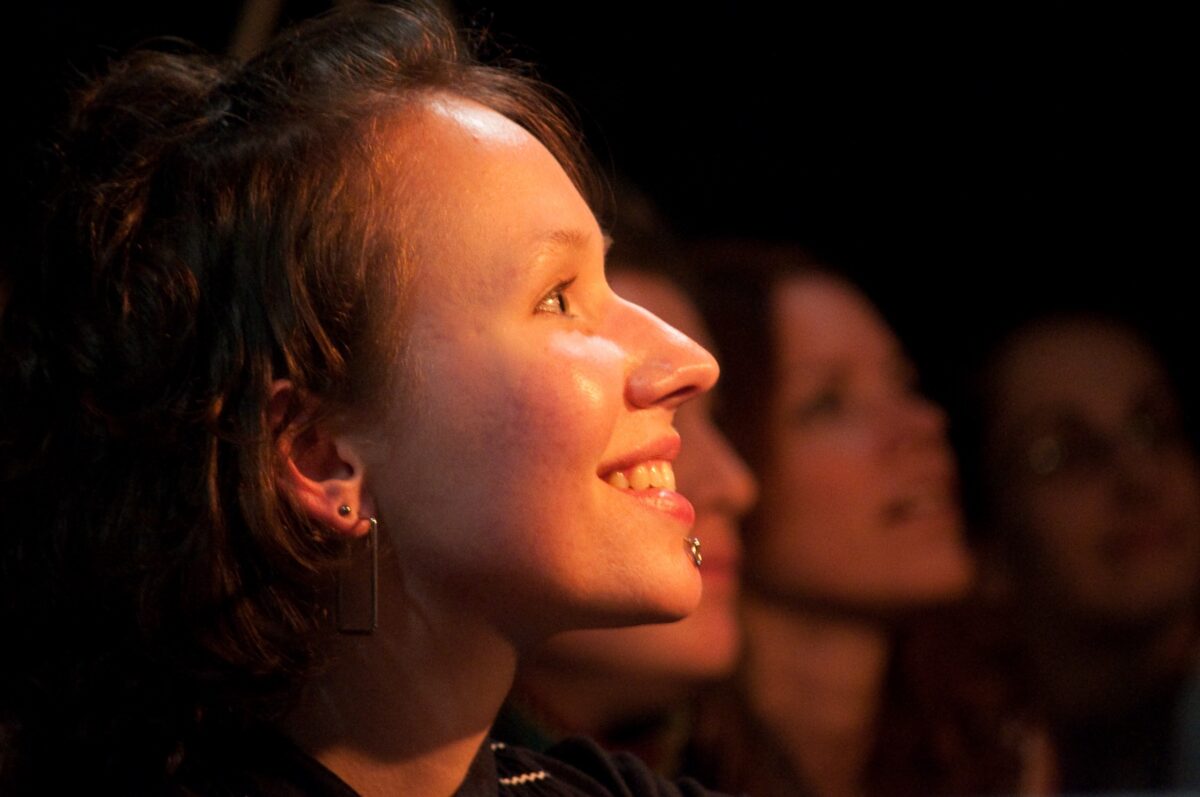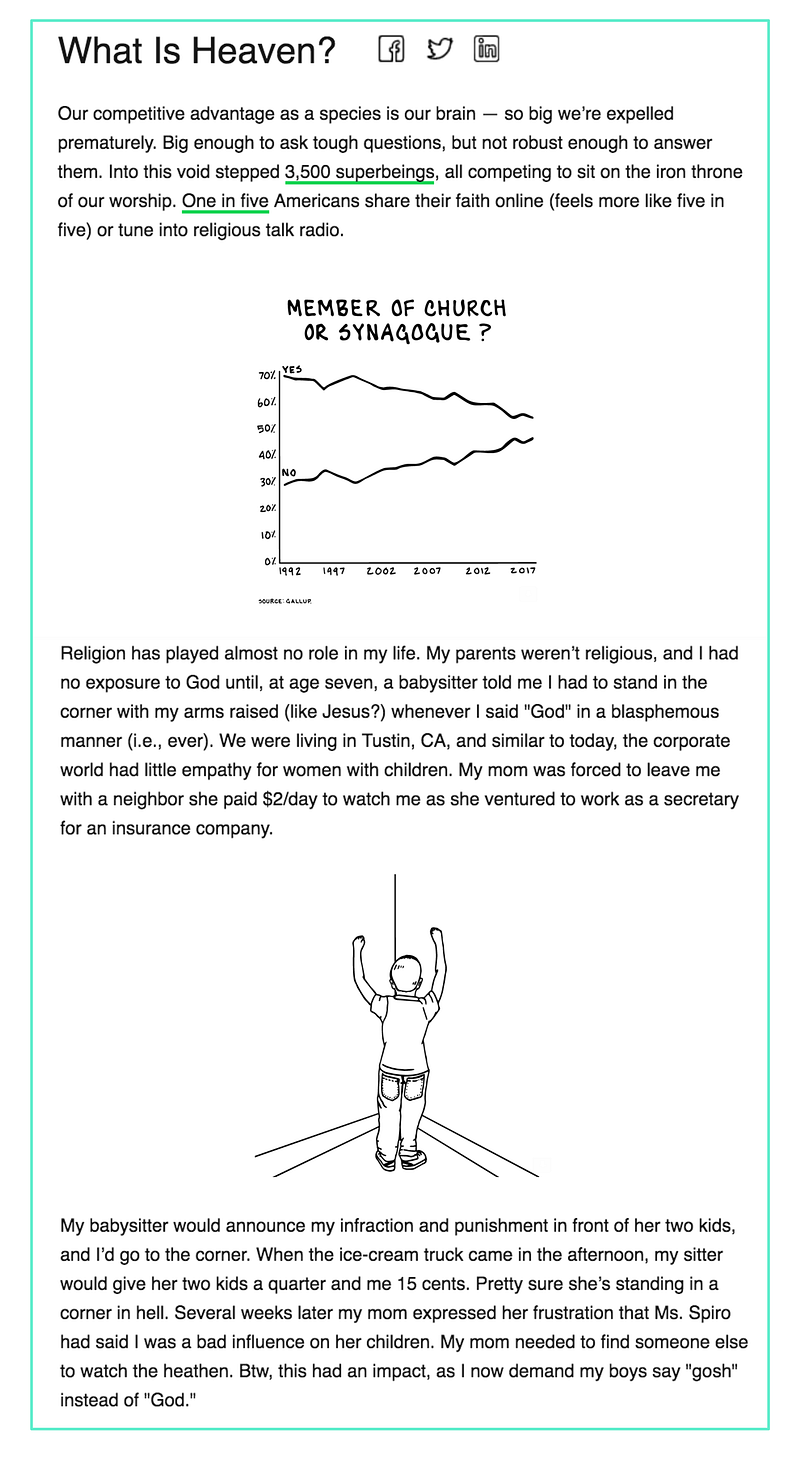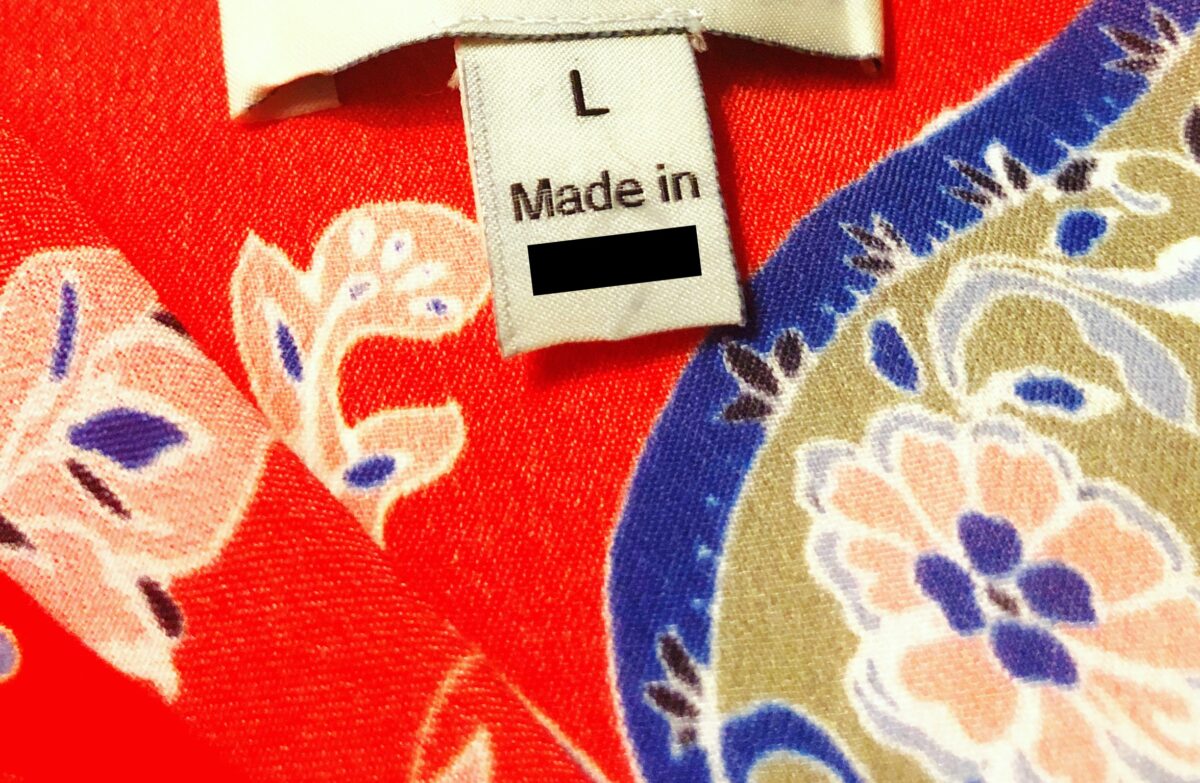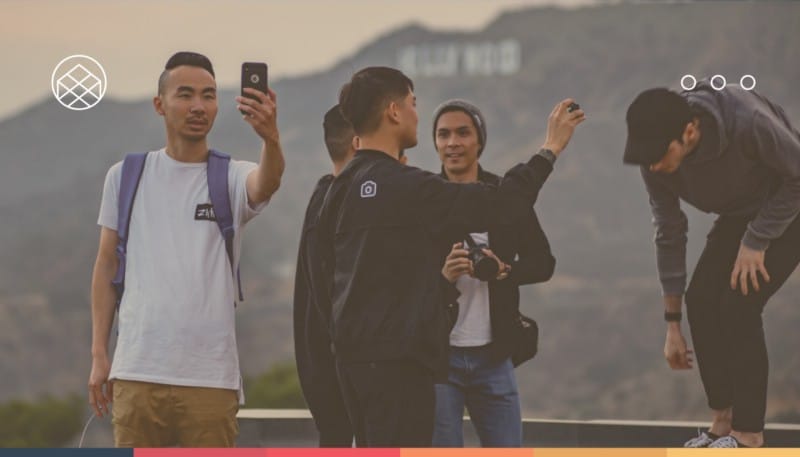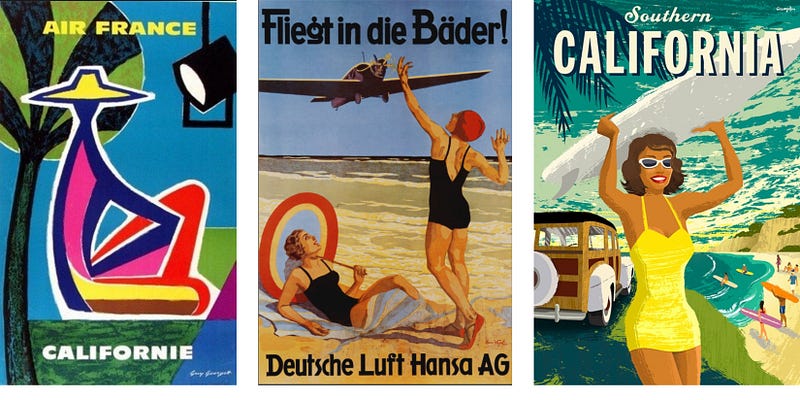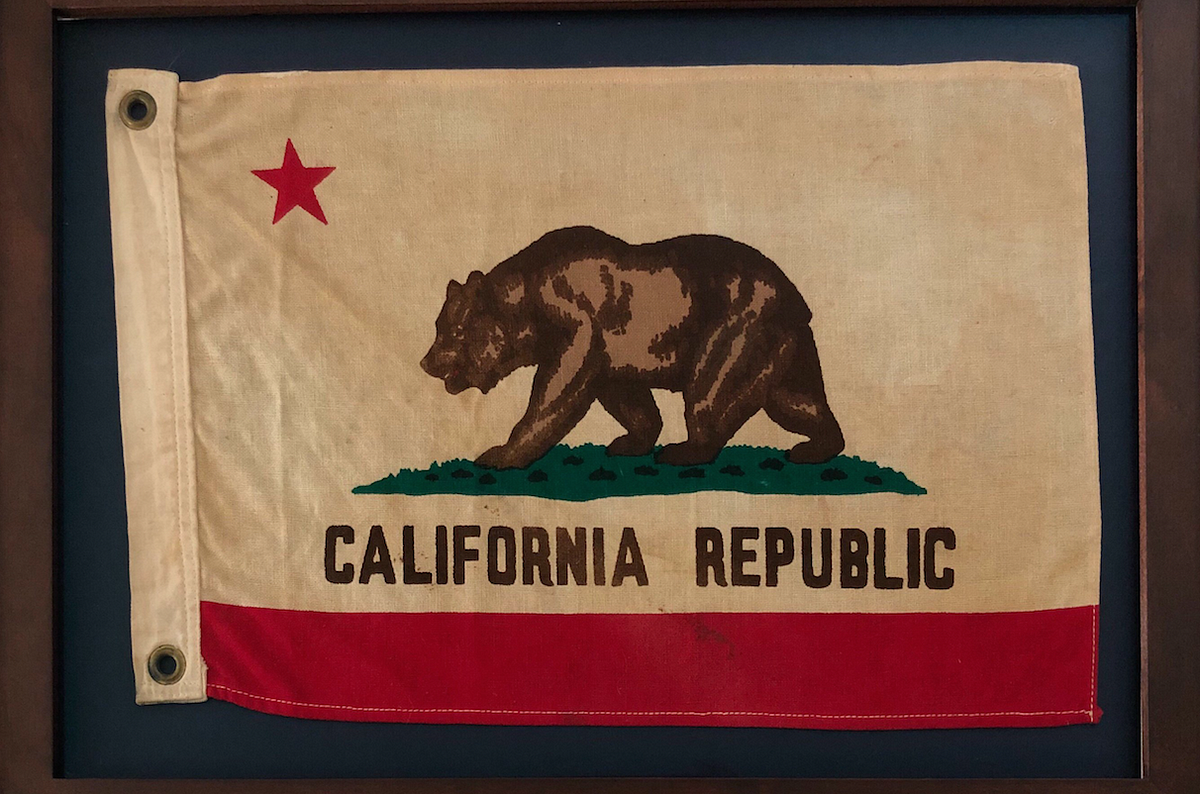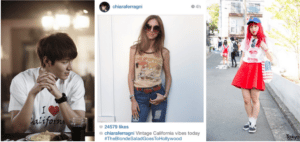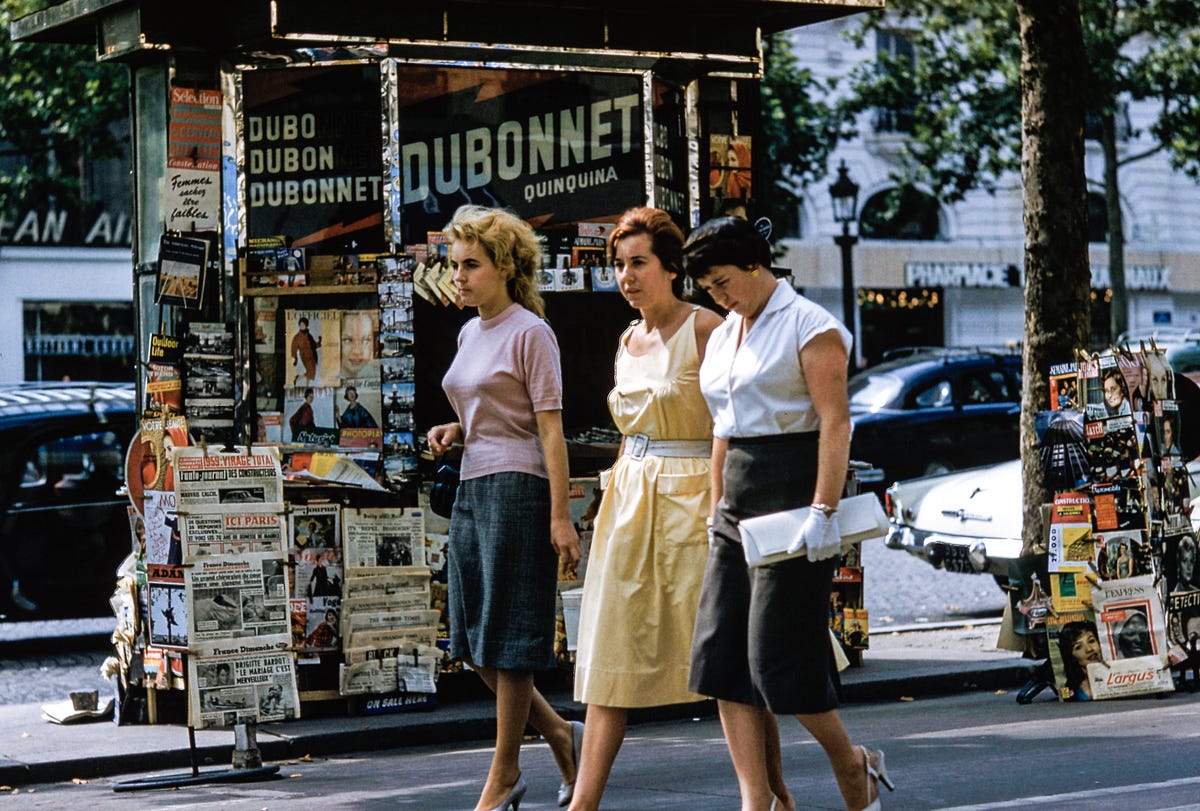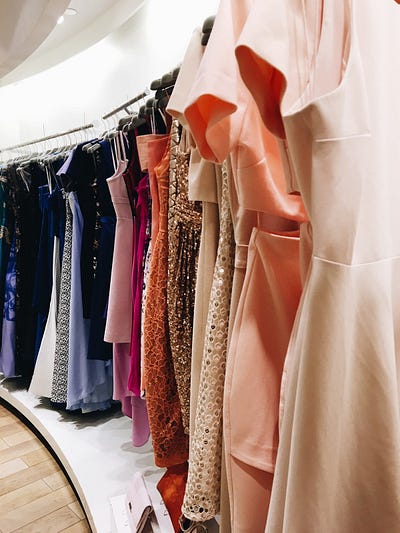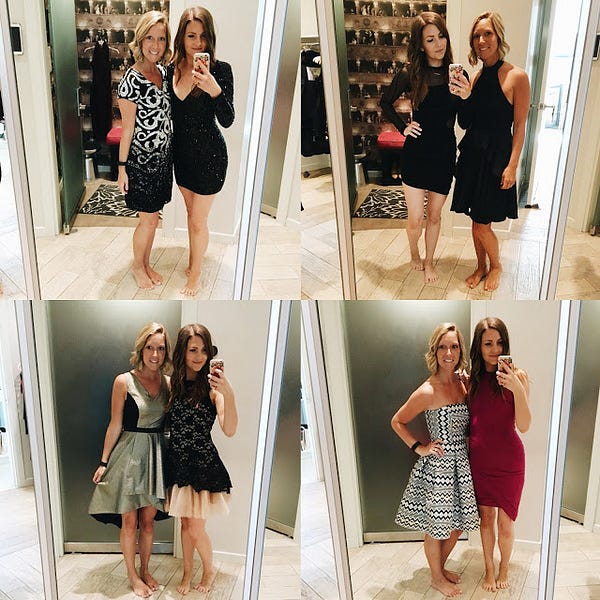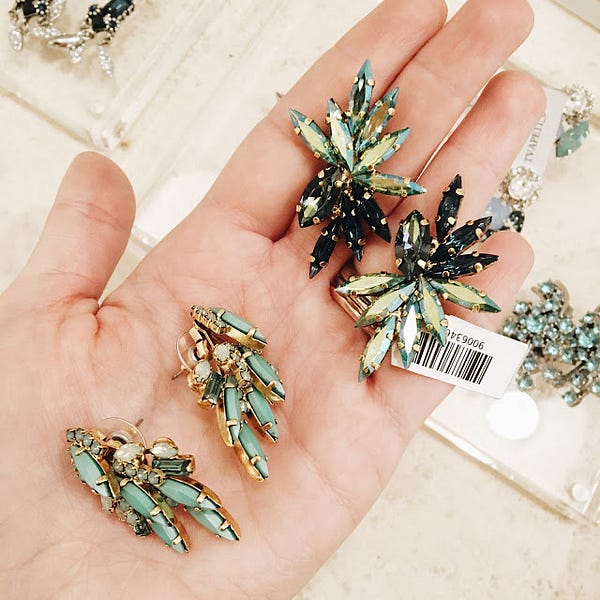We used to pass culture through objects. There was a time for many of us when a vinyl record, a luxury handbag or a Lisa Frank folder were relics that signaled “I am one of you.” They had singular meanings that everyone agreed upon, and appreciation of the object itself was at the center of the culture.
But today, there is perhaps no more effective way to signal “I am one of you” than with a carefully selected meme or perfectly ungrammatical text. A specific mashup, a certain combination of emoji or a self-referential aesthetic can convey multitudes more about a culture now than any physical item ever could.
When we stopped passing culture through objects and started passing culture through digital artifacts, we moved from low fidelity society to high fidelity society.
My cofounder, Jean-Louis Rawlence, coined the term high fidelity society to frame the moment our cultural signals shifted from wide knowledge to deep nuance.
The low fidelity society of just a few decades ago thrived on singularities and binaries. Households had split roles, careers had predetermined trajectories, perceptions of gender ran within clear lanes, lifestyles spread across a simple set of socioeconomic classes, political parties were mirrored images of one another and economics followed the rules of supply and demand.
The spheres of possibility were narrow. We shared the same core values because we all watched the same TV, read the same papers and subscribed to the same institutions.
Less information was the hallmark of a low fidelity society and what made it work. When a world is that small, it can only support a simple set of social rules. If a subculture didn’t fit our neat binaries and categories, it was omitted from the canon or filed down to fit into broader societal trends. It makes sense, then, that our cultural objects took little context to be understood.
But high fidelity society shifted things. Suddenly, with our worlds online and with the ability to capture and codify so much more information, culture ballooned and our digital objects became massively heavy with meaning.
As the sheer volume of culture in our digital worlds inflates every day, the centerpoint of history only gets closer. This phenomenon has rendered trends meaningless as markers of time and place and similarly snapped our connection to what might be called the highest tier of cultural objects: historical art.
@dtstrends We’ve officially cycled through every single decade… whats next? 🔎 Nostalgia has been one of the strongest driving forces for a long time, but now that we are already cycled through Y2K into the early 2010s, we are starting to wonder… what’s comes after nostalgia? Out newsletter dropping on Monday will deep dive into this and give you free stock photos + strategic tips to stay ahead of the curve 🌊 #culturetrend #nostalgia #nowstalgia
“Nowstalgia” and the loss of time and place.
Younger collectors are proving to have no regard for the masters or the canon because, as professor Giana M. Eckhardt notes, “If you look back at human development, there were tens of thousands of years in which things didn’t change that much. Humans have not developed enough to be able to react to social change that is this quick. This leads to people putting a value on the new in different ways from the past.”
But I would take this insight a step further. What we’re really seeing is the weakness of physical objects as vessels of culture in our expanding high fidelity society.
When a culture changes its medium, the medium changes the culture. Keep in mind that high fidelity society is not merely about more choice. It is about exactness. Our new medium of passing along culture has allowed for an incredible new fidelity to be had in every way we choose to engage with the world. When we engage in new ways, we create new realities.
Nearly every singularity and binary – gender, family, identity, and so on – has crumbled. Lifestyles and socioeconomic tiers have at once exploded and collapsed into each other. Social rules have become complex (and if you don’t think so, you’re probably breaking them). Career paths are unrecognizable from where they were a decade ago, and a meme page like Litquidity can spin out into a VC, which it did.
If you’ve ever laughed at a “starter pack” meme, you’ve felt the gulf between low fidelity society and high fidelity society.
A Litquidity meme can nod to various cultural touchstones in one simple image. It might make a reference to HENRY culture, self-skewer bruised egos and the need for status regardless of the cost in money or self-respect and embrace the cognitive dissonance of new wealth at a time when the markets have failed to act the way they should, while still reveling in the basic bitchness of it all.
But most importantly, if you understand all of these layers together, you also feel the giddy, feverish camaraderie of those who practice the “farce of high finance”. And even if you don’t understand this meme, you still recognize that there is tremendous information density within it.
The physical objects of low fidelity society worked to homogenize our culture, but the digital artifacts of high fidelity society fragment culture into many pieces. And it is within those fragments that we can begin to see the future of business and branding.
Dating app Feeld operates in high fidelity society. They are part of a cohort of early brands that feel the pressure for a new digital infrastructure to house our high fidelity needs, and my team and I were fortunate enough to work with them to develop their brand strategy.
Feeld has created a platform for dating in all of the ways that low fidelity society could not hold. Polyamory, consensual non-monogamy, homo- and heteroflexibility, pansexuality, androgyny, aromanticism, voyeurism and kink are just a few of the sexual identities that high fidelity society not only holds, but makes increasingly visible. Much like the Sapir–Whorf Hypothesis of language, the more ways we have of expressing ourselves, the more we will express ourselves in different ways.
All of these identities demand new forms of connection, and Feeld is creating a unique infrastructure that allows connections to evolve instead of conform. Every feature, whether it’s the typical swipe or the novel “desire” tag, is tested with the question, “Are we letting people create new forms of closeness and intimacy here, or are we forcing people to follow old models?”
One of the clearest insights in our research for Feeld was that people in the dating pool have begun to move away from a destiny mindset of marriage, the American dream or other low fidelity aspirations to a distinctly growth mindset.
Daters today expect relationships to help them grow as individuals, and for many, there is no end state or goal. Instead, dating is a continuous form of growth and opportunity to discover who they are. This user sentiment stands in stark contrast to the dating apps designed for low fidelity society that boasted of being “designed to be deleted”.
Most importantly, Feeld is not the fringes of culture. In our research, we found that heteronormative users, as well as people who had not yet experienced the platform, expressed the same desire for vivid connection, aliveness and a growth mindset. They simply had not found their avenues yet. Feeld is, in fact, all of us.
In a sea of dating apps racing to flatten the human experience, Feeld has opened a portal to something much larger. Dating in high fidelity society is multiplicative. It has become recursive, and that requires a very different kind of platform.
As New York Times reporter Gina Cherelus has astutely said, “To describe yourself as single and in search of a relationship is almost too simple of a label in 2023. The way we seek romantic connections, especially with the influence of social media and dating apps, has naturally altered our behaviors and language around dating.”
Feeld’s world of dating, sexuality and relationships embraces this ever-increasing complexity, in part by utilizing the layered meaning that characterizes high fidelity society.
In high fidelity society, a wellness influencer can at once signal their health practices and political leanings with leetspeak like “medical indu$try”. An aesthetic like corecore can at once signal a certain subculture’s age, nationality, disillusionment with technology and the larger context of absurdist content that gives people room to criticize something while also sheepishly embracing it. Feeld respects the fact that its users are already immersed in a highly contextual world.
@flicksaga
corecore TikTok by flicksaga
Not many brands operate in high fidelity like Feeld does, but more and more are making the jump, and we’ve had the privilege of working with some of them at Concept Bureau.
Companies that are building for high fidelity understand that they are no longer building for the average or the standard. They are building platforms and communities that allow for a fragmenting of experience, giving users room to create net-new realities.
They know that as peoples’ communities and identities become more specific, our many different cultures will only become more narrow and deep. The mechanics of this new culture, then, naturally incentivize the compounding of meaning and with the proliferation of content creation tools (dare I say A.I.), the density of culture will only increase.
In our work, we have seen a growing appetite for high fidelity infrastructure in every single category. Whether it’s work, finance, health, luxury, education, parenting or anything else, people are already living high fidelity lives but are forced to express them on low fidelity platforms.
When we see that tension, we know there is latent demand for new infrastructure. This is a once-in-a-generation opportunity for brands to leapfrog a market full of low fidelity players by ushering people into a high fidelity experience.
But codifying high fidelity society is a difficult task for any founder. There is no precedent to fall back on, and as the world reorganizes itself, we have to be careful to not use old rulers for measuring new ideas.
There are two major paradigm shifts that can guide you in the right direction and have proven to be fundamental in moving our clients over the line from low fidelity society into high fidelity society.
They require a significant change in how we understand networks, but even more importantly, they begin to show us just how big of an opportunity lies ahead.
Shift #1: From Goalposts to Participation
Low fidelity society is organized around goalposts. Getting a college degree, house, promotion, marriage, kids and retirement are the obvious ones. But there are other goalposts everywhere around us, like being a LinkedIn super connector, being verified on Instagram, making the Forbes 30 under 30, backpacking through Europe, starting your first business or “finding yourself”.
You have or don’t have. You reach the goalposts or you don’t. Up until this point, we’ve been able to measure value in binaries because low fidelity society gave us clear definitions of what mattered.
But high fidelity society resists such clear definitions. What matters to one fragment of culture will not matter to another. What matters to hopepunks vs. nihilists, keto warriors vs. vegans, tiny homers vs. van lifers or anti-natalists vs. mommy tribes will all be different.
The desire to experience progress in one’s life never goes away, but how we measure that progress has become much more nuanced.
In high fidelity society, goalposts are replaced by participation. In a culture where there is no singular end goal, progress becomes invisible and our value is instead measured by how deeply we engage.
We realized that Feeld users across the board were not looking to reach the next goalpost. Their growth mindset resisted everything you might see in a traditional dating environment. Instead, Feeld users, and people in high fidelity society in general, pay attention to participation signals.
It is not how much you have accomplished, but instead how much you have engaged and evolved. Over and over again, people described coming to Feeld in order to feel vividly connected to their minds, bodies and relationships, and they looked to learn from others who had done the same. They sought to participate rather than reach an arbitrary relationship goalpost, because participation proves a genuine interest in growth.
Goalposts run out at some point. Business author Donald Miller has noted that after marriage and kids, life stops giving us scripts for how to matter in the world. Perhaps that’s why midlifers 50 years and older are Feeld’s fastest growing demographic on the app. Even up until then, you can likely sense that the goalposts of low fidelity society are becoming increasingly meaningless.
Polywork, a network for multi-hyphenate professionals, is another early example of a brand experimenting with new ways of measuring participation while de-emphasizing the traditional goalposts of their space. They’ve rethought what work and collaboration really mean in high fidelity society, and have built a creative model for revaluing participation between users. They understand that value systems are changing.
It’s vitally important to note, however, that participation needs to be a currency between people. Platforms have historically made participation a currency between the user and the brand, but that’s meaningless in high fidelity society. We’re exchanging weak ties for strong ties, and deep networks for wide networks (something I have talked about here and here).
Making participation between people something that is valued, measured and highly visible within the platform experience – without the expectation of reaching a goalpost – creates wholly new opportunities for high fidelity brands.
Shift #2: New Ways of Knowing
In high fidelity society, there is more than one way of knowing.
For the past year, my Concept Bureau colleague, Senior Strategist Zach Lamb, has been exploring the new ways of knowing that have emerged in religion, politics and lifestyle. According to Zach, we’ve bypassed the models and institutions that used to mediate higher knowledge for something more immediate and direct.
Knowing in high fidelity society is now firsthand. Self-directed ketamine startups aim to replace the therapist’s office. Mystical Instagram accounts have replaced church. TikTok has replaced school.
Call it spirituality, intuition or being tapped in – whether it’s knowing god, knowing the truth or knowing oneself, the very business of knowing has become a highly personal and emotionally-driven endeavor. We are exploring new, unfettered ways of knowing everywhere around us. And all of these new ways of knowing help us create new stories about who we are in the world.
As culture multiplies and fragments, new ways of knowing will also be the hallmark of brands in high fidelity society. In such a dimensional era of culture, we can no longer determine what we need to know by glancing at a list of LinkedIn recommendations, a work history or a bulleted resume. Nor can we glean what matters from a Tinder blurb, an Instagram profile pic, a list of interests, a badge, a milestone number, a label or a bio.
These rough, often misleading approximations of who people are have never fully worked, even in low fidelity society. And they will stop working entirely as culture becomes more exact.
If we are building for the fragmenting of experience and creating room for nuance and specificity – for people to connect deeper instead of networking wider – then our platforms need to create new ways of knowing that go far beyond anything we see today, because every low fidelity signal will fail in the high fidelity world.
Feeld has the same challenge. Creating new ways of knowing another person (or oneself, a relationship, a couple and so on) will be fundamental to their success. They, like every other high fidelity brand, will need to reconsider how people both express themselves and understand each other, oftentimes rethinking the very mediums through which people can connect.
For us as brand strategists, it also meant engineering a brand experience that leaned into the feelings and emotions of truly knowing oneself and others.
Every great brand sets the expectation of the experience before people cross the threshold of conversion. High fidelity companies need to be especially careful in setting the expectation of new ways of knowing, whatever that might be for a specific brand, because we can’t expect people to behave in high fidelity ways if we do not first make them leave their low fidelity biases at the door.
Your brand is the first stop in shaking people out of their old habits. Every current way of knowing – from bulleted stats to blurbs to recommendations to bios to photo carousels – needs to be rethought. None of these help us feel a person, and absolutely none of them are a strong foundation for greater participation between people.
Brands like Fieldtrip, How We Feel and allUP (a Concept Bureau client launching soon) have built innovative formats for new ways of knowing that historically weren’t available to their users. Each of them makes personal or interpersonal understanding the bedrock of their UX.
The new ways of knowing that will matter are those that help us weave a story about who we are in the world and how others’ stories intersect with our own. That is where high fidelity flourishes.
The Universal Reorg
I’ve found high fidelity/ low fidelity to be a great tool for both organizing the players in a landscape and understanding where behaviors are headed.
Brands that play in high fidelity society create a natural tension with low fidelity players. In branding, tension is a great tool for forcing a decision. Our new digital infrastructures will not just be incremental improvements. They will be invitations to either stand still or step into a new reality.
But more interestingly, as a strategist I have seen just how eager people are to start living in high fidelity society everywhere, although they may not have the words to articulate it. In a particularly moving interview, a Feeld user said that in high fidelity, “You feel like you are able and allowed to glow in every part of your life […] I feel like I can breathe”.
If I took that quote out of the dating space and put it in another space like work or finance or education or social media or fashion or beauty or wellness or anything else, it would still ring true. If you do good user research in your industry, you will eventually uncover this sentiment across your entire population, as well. The desire to live in high fidelity is universal across people and categories.
It is not technology that begets culture, it is culture that begets technology, and in every generation there is usually one major cultural shift that reorganizes all of the technology ahead of us. High fidelity society is an incredible opportunity to position your brand as a force for moving forward.


